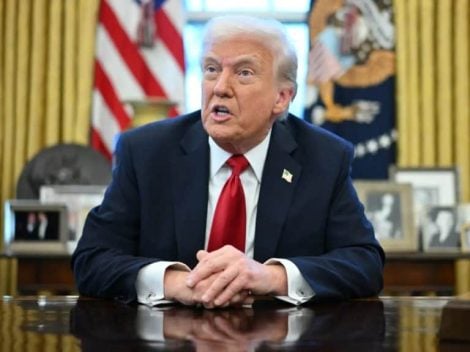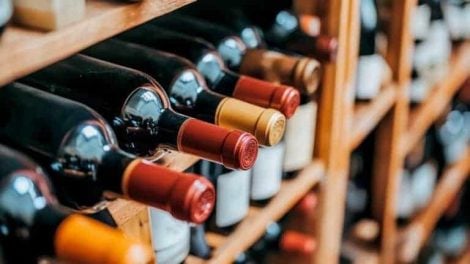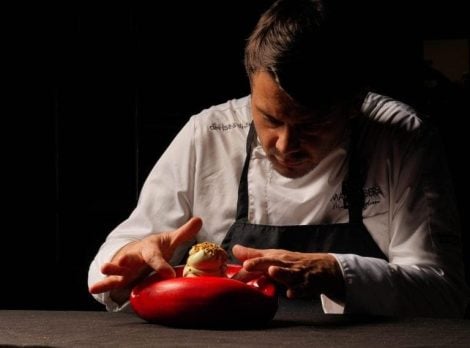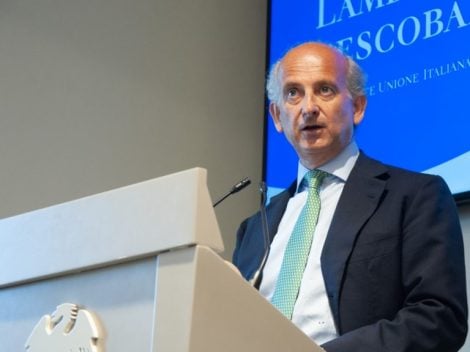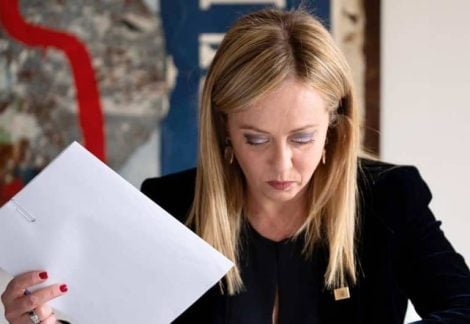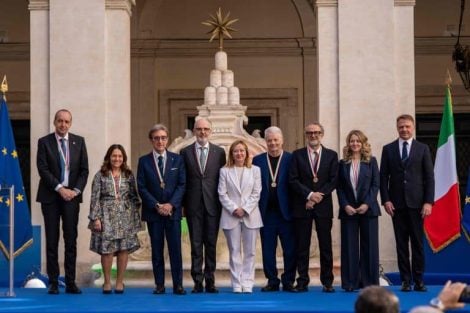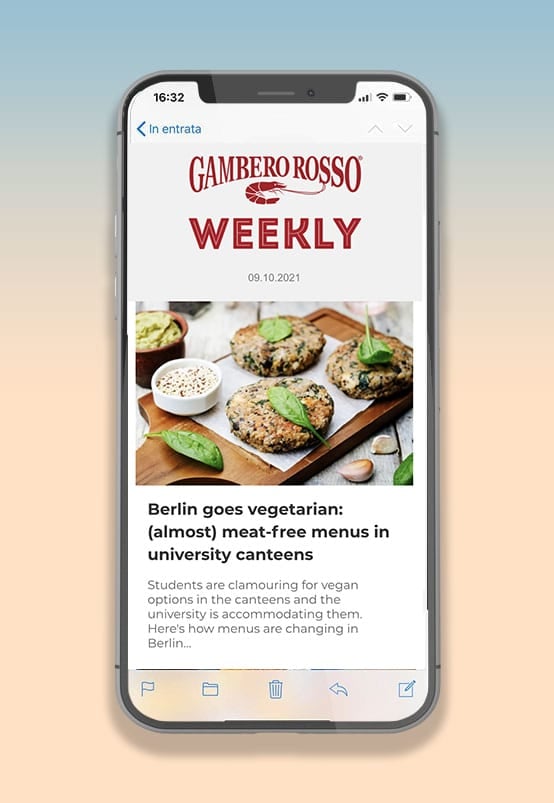Diversification has been one of the most frequently used keywords in recent years regarding wine exports. But putting it into practice is another matter... This explains the enormous risk now facing Italian wine producers in light of Trump's announcement of a 20% tariff.
As of today, 363 million bottles are in the "red zone" (as defined by the Italian Wine Union—UIV), meaning they make up 75% of the 481 million bottles exported to the US last year. These are the denominations with an exposure exceeding 20% of total shipments.
Moscato d'Asti, Pinot Grigio, and Chianti Classico Among the most affected
But which wine regions are most at risk? According to UIV's analysis, the highest exposure is for Moscato d'Asti, with 60% of its exports heading to the US. Following closely is Pinot Grigio, with 48%, while in Tuscany, Chianti Classico (46%), Tuscany's PDO red wines (35%), and Brunello di Montalcino (31%) are also highly exposed.
Piedmont's PDO wines share the 31% mark, followed by Prosecco (27%) and Lambrusco (21%).
In total, 364 million bottles are at risk, representing over €1.3 billion in value.
Compared to other European competitors, Italy is the most exposed, as highlighted by Paolo Castelletti, Secretary General of UIV:
"Italy's exposure to the US market accounts for 24% of total export value, compared to 20% for France and 11% for Spain."
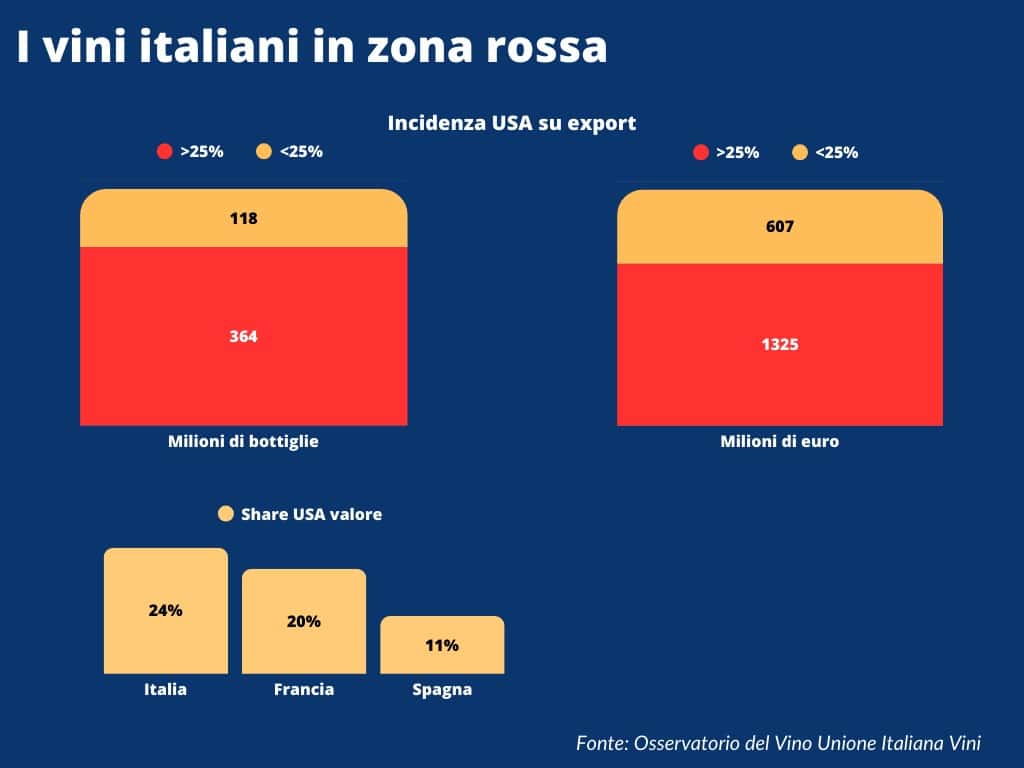
Italian wines in the red zone
Reactions from the wine consortia
The affected consortia, particularly those in Tuscany, are calling for diplomatic efforts to maintain trade relations with the United States while simultaneously facilitating new trade routes through commercial agreements.
"Tariffs," says Fabrizio Bindocci, President of the Brunello di Montalcino Consortium, "will have a broad impact—not only making wine an increasingly inaccessible luxury for consumers but also damaging crucial sectors of our local economy, such as wine tourism. We appeal to European institutions and diplomatic channels to reach an agreement with the US and prevent a penalty that would be devastating for all businesses."
Giovanni Manetti, President of the Chianti Classico Wine Consortium, supports UIV's proposal to negotiate agreements with buyers to avoid passing additional costs onto consumers:
"Now we, as producers, must work to share this heavy economic burden with the US trade sector, which we believe is equally affected by these tariffs. We will work together, convinced that the American consumer—who has always loved and consumed Chianti Classico—will remain loyal to quality wines."

The new routes for wine trade
"We are increasingly convinced that a constructive dialogue with American counterparts is essential to protecting our sector," says Andrea Rossi, President of the Nobile di Montepulciano Consortium, which exports 35% of its production to the US.
"Additionally, we must accelerate the ratification of the Mercosur free trade agreement, currently stalled, as well as explore other international agreements. At the same time, we need to simplify access to OCM funds, which have become overly bureaucratic."
For Giovanni Busi, President of the Chianti Wine Consortium, the key is finding alternative markets:
"If US tariffs force a change of course, then we must make the most of the alternatives available to us. Now is the time to strengthen our presence in new markets, starting with South America, where the Mercosur agreement could open up significant opportunities for our wine. At the same time, we must invest in Asia and begin promoting ourselves in Africa and India to diversify our exports and reduce dependence on the US."

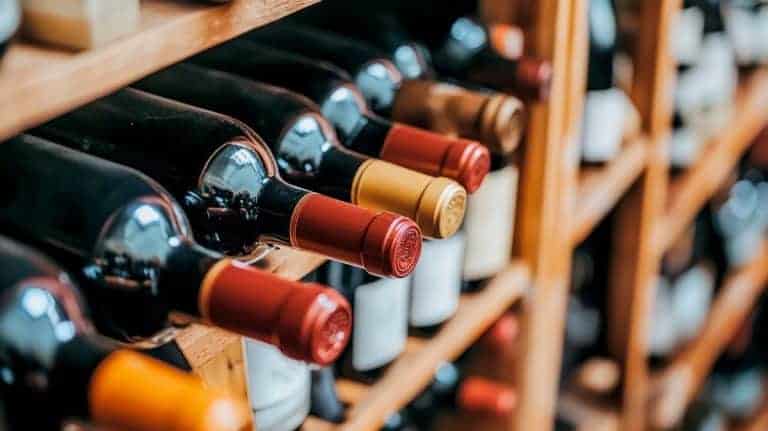
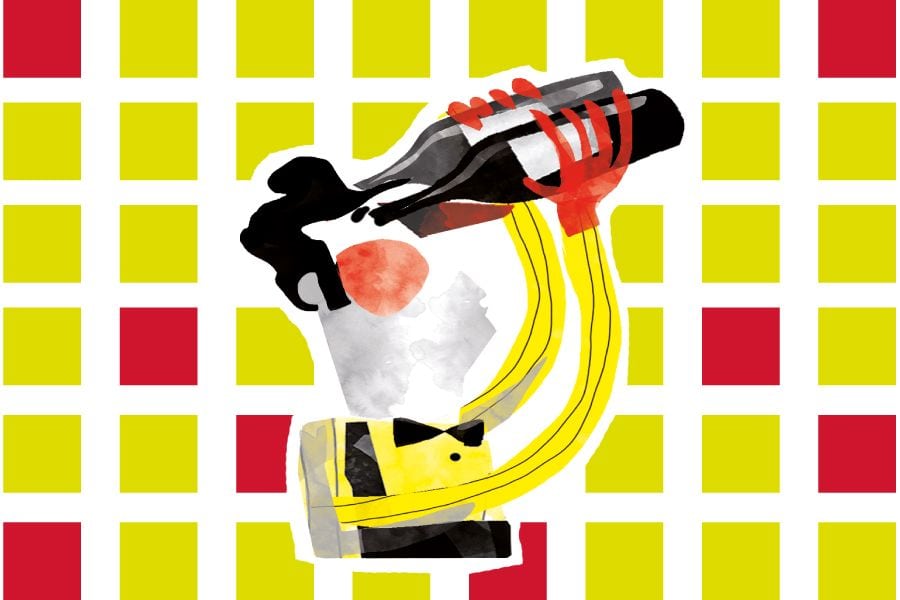 For the first time, Vini Rari arrive at Vinitaly 2025. Here's what they are
For the first time, Vini Rari arrive at Vinitaly 2025. Here's what they are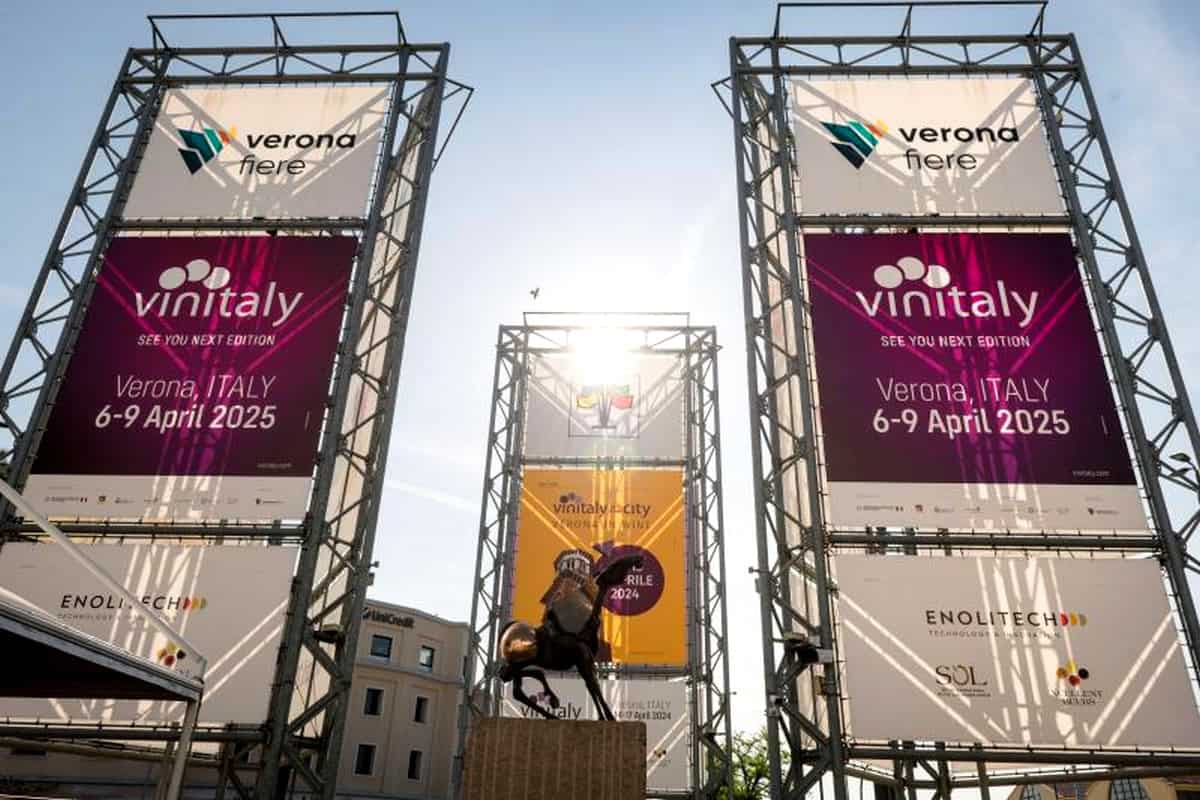 Here are all the events to watch out for at Vinitaly 2025
Here are all the events to watch out for at Vinitaly 2025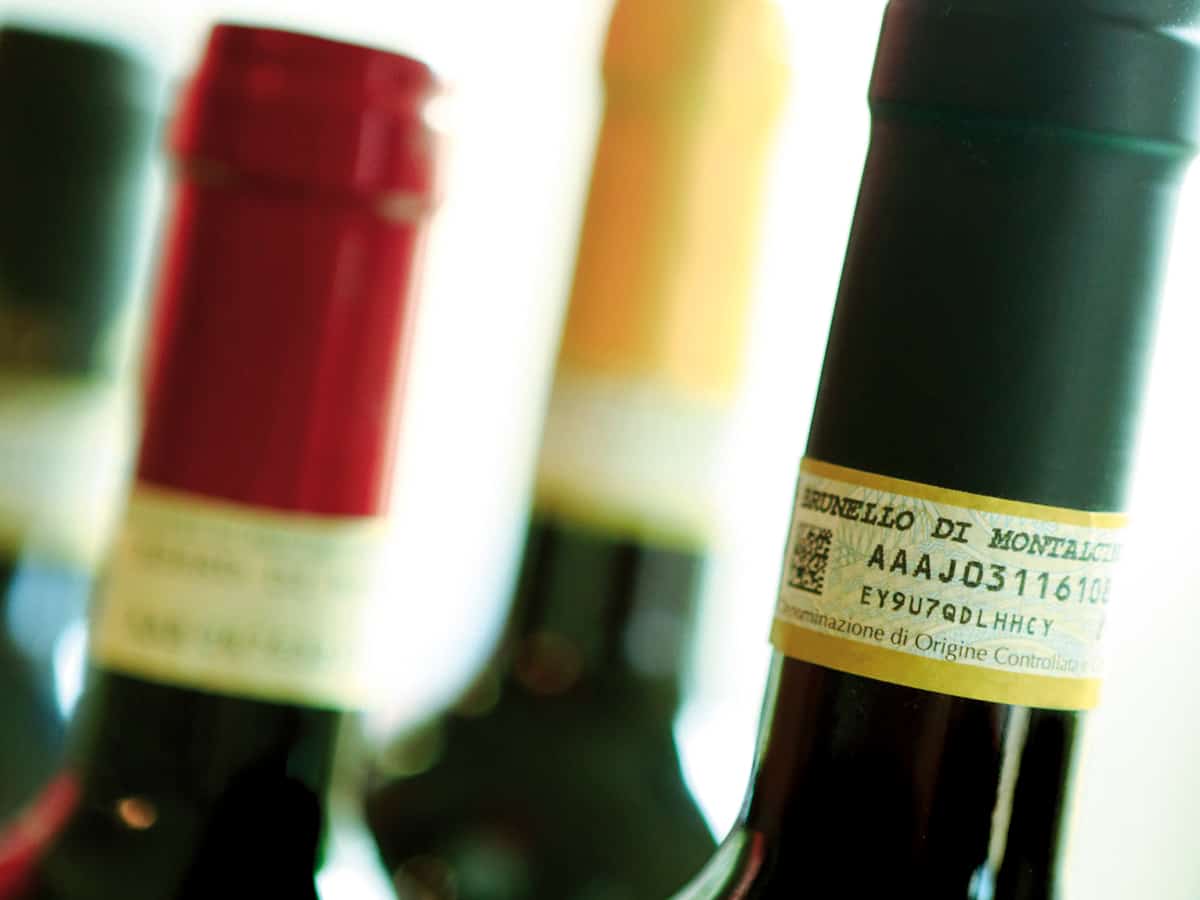 The tricolour arrives on DOC and DOCG wines. Lollobrigida: "This is how we promote Italian identity"
The tricolour arrives on DOC and DOCG wines. Lollobrigida: "This is how we promote Italian identity" Ten tastings not to miss at Vinitaly 2025: from “new” Barolos to vegan wines, Chianti Classico to skin-contact wines
Ten tastings not to miss at Vinitaly 2025: from “new” Barolos to vegan wines, Chianti Classico to skin-contact wines Farewell cacio e pepe in New York. "With tariffs, Pecorino Romano will also become more expensive." The warning from Giuseppe Di Martino
Farewell cacio e pepe in New York. "With tariffs, Pecorino Romano will also become more expensive." The warning from Giuseppe Di Martino